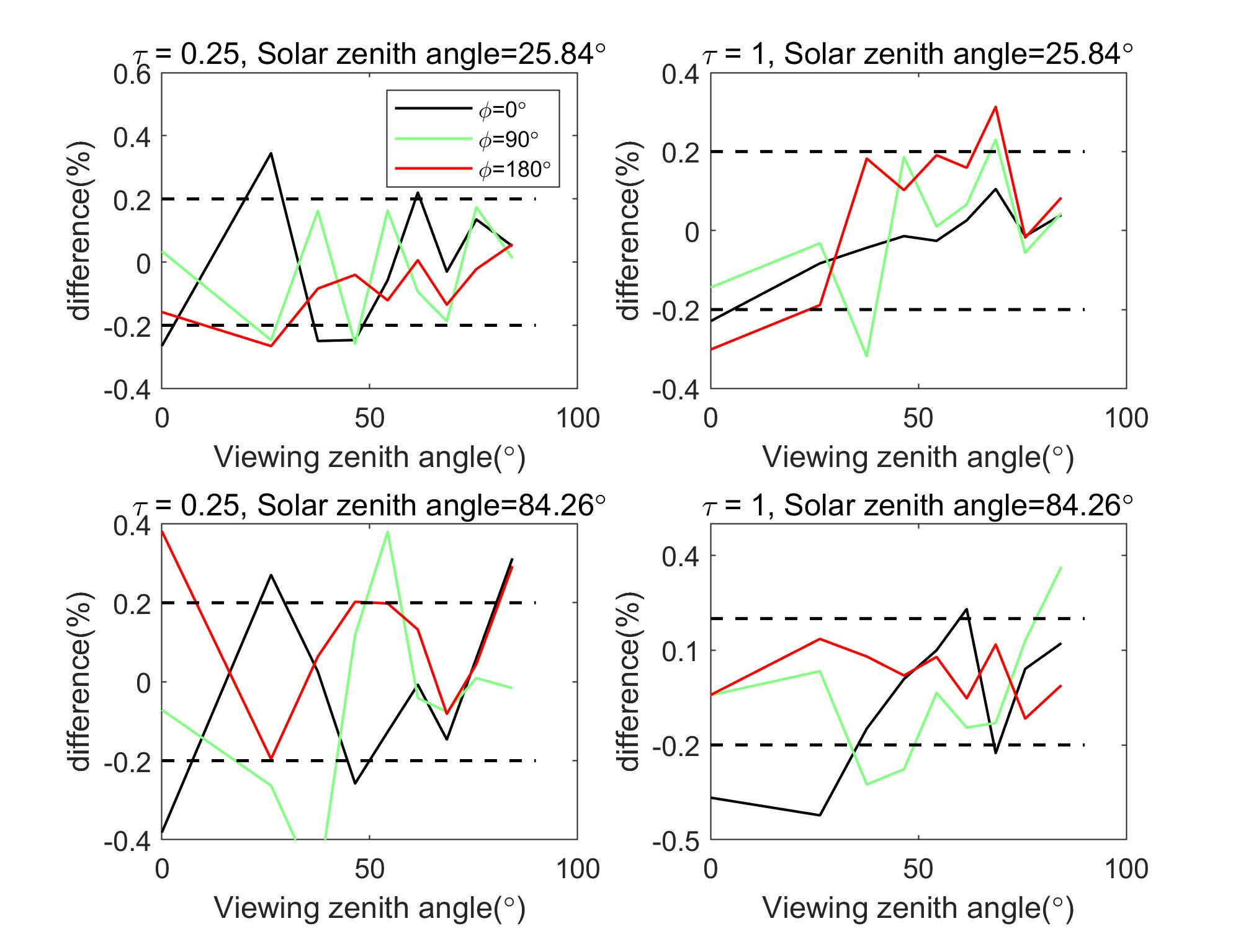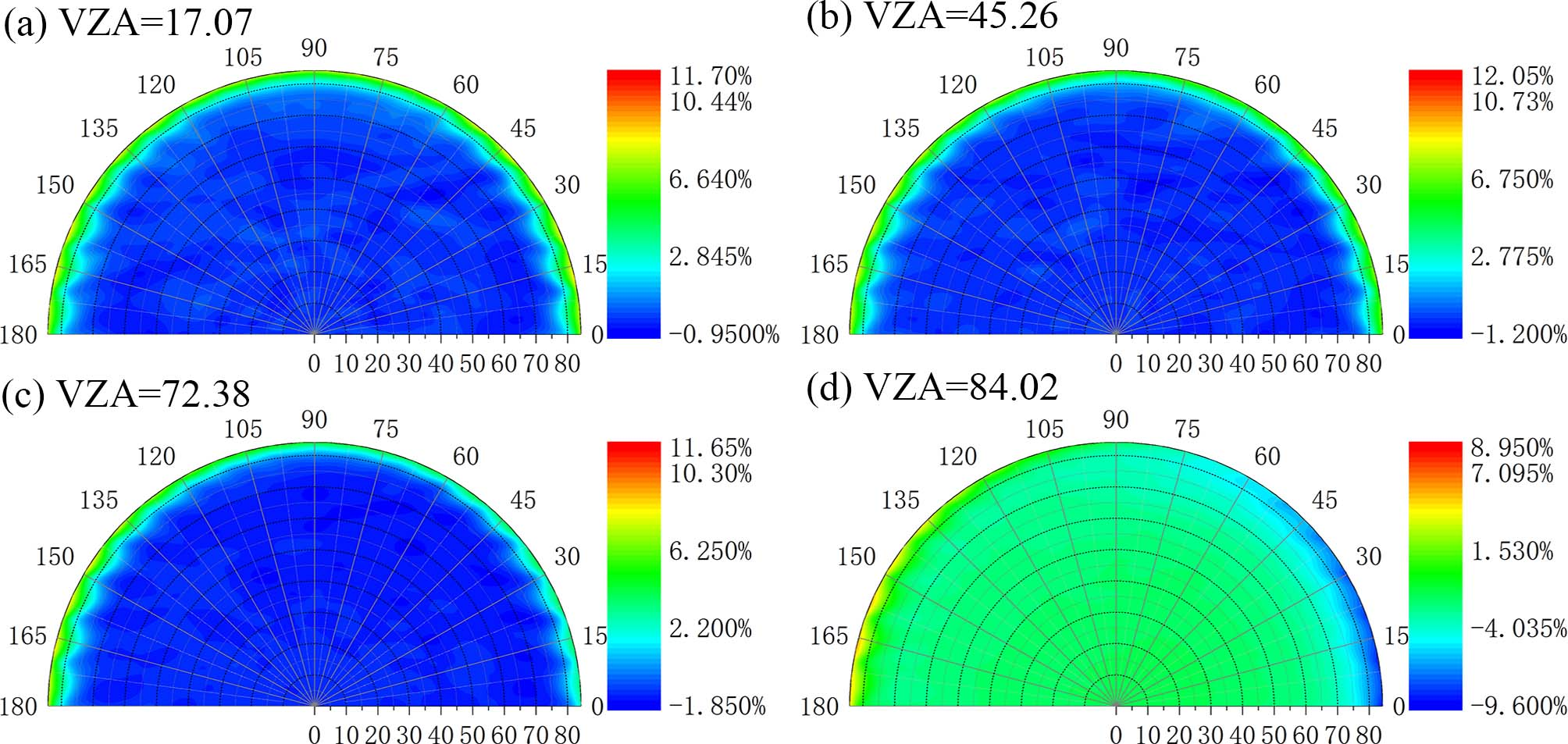Program
Recently, the team led by researcher He Xianqiang of the SIO and the co-authors published the research paper entitled “Spherical vector radiative transfer model for satellite ocean color remote sensing” in Optics Express, a well-known journal in the field of optics. This paper has been selected as an Editor’s Pick article. (Editor’s Picks serve to highlight articles with excellent scientific quality and are representative of the work taking place in a specific field.) The first author of the paper is Xu Fei, a doctoral student jointly trained by the SIO and Shanghai Jiao Tong University, and the corresponding author is researcher He Xianqiang of the SIO. The co-authors include researcher Bai Yan, researcher Wang Difeng, senior engineer Gong Fang, professor level senior engineer Zhu Qiankun, Dr. Jin Xuchen from Southern Marine Science and Engineering Guangdong Laboratory (Guangzhou), and engineer Cai Wencai from Shanghai Satellite Engineering Research Institute.
For satellite ocean color remote sensing, the water-Leaving radiation from water body only accounts for about 10% of the total radiation received by the satellite. Therefore, the acquisition of ocean color information depends on high-precision atmospheric correction (AC), and the radiation transfer model is the foundation for constructing AC model. However, most radiation transfer models currently adopt the assumption of parallel plane stratification without considering the influence of Earth curvature. With the continuous progress of satellite sensors, the detection range of satellites continues to expand, gradually developing towards the extraction of ocean color information under high solar zenith angles or high viewing zenith angles. Under high solar zenith angles or high viewing zenith angles, ignoring the influence of Earth curvature will result in an error of 10% in the water-leaving radiance data obtained.
To solve this problem, a spherical sea-air coupling vector radiative transfer model, which can be applied to conditions with high solar zenith angles or high viewing zenith angles, was established. In this model, Monte Carlo method is used to simulate the radiative transfer process of photons in the spherical atmosphere and calm sea surface, and the radiance at the top of the atmosphere is calculated. Compared with the latest Korkin et al. model (Korkin et al., 2022) (Figure 1), the relative deviation of this model is within 0.5% under high solar zenith angles and high viewing zenith angles.

Figure 1 Relative deviation (%) between the spherical model and the vector model of Korkin et al.
Based on the spherical radiative transfer model, the influence of Earth curvature under high solar zenith angles and high viewing zenith angles was recognized (Figures 2 and 3). The results show that the influence of Earth curvature reaches 8% when solar zenith angles are greater than 70 and viewing zenith angles are less than 60, and it also reaches 3.7% when solar zenith angles are less than 70 and viewing zenith angles are greater than 60. Therefore, the Earth curvature cannot be ignored under high solar zenith angles and high viewing zenith angles. This model lays a foundation for constructing AC algorithms at large angles.

Figure 2 Influence of Earth curvature under solar zenith angles of 18, 44, 72 and 84 (%)

Figure 3 Influence of Earth curvature under viewing zenith angles of 17.07, 45.26, 72.38 and 84.02 (%)
Paper Citation:
Fei Xu, Xianqiang He*, Xuchen Jin, Wencai Cai, Yan Bai, Difeng Wang, Fang Gong, and Qiankun Zhu, "Spherical vector radiative transfer model for satellite ocean color remote sensing," Opt. Express 31, 11192-11212 (2023). Doi: https://doi.org/10.1364/OE.483221
-
Prev: Temporal variation characteristics of the bottom current at the equatorial gap of the Ninety East Ridge in the Indian Ocean, and its relationship with the upper ocean dynamic process
Next: Atmospheric correction of absorbing aerosols for satellite ocean color remote sensing over coastal waters



